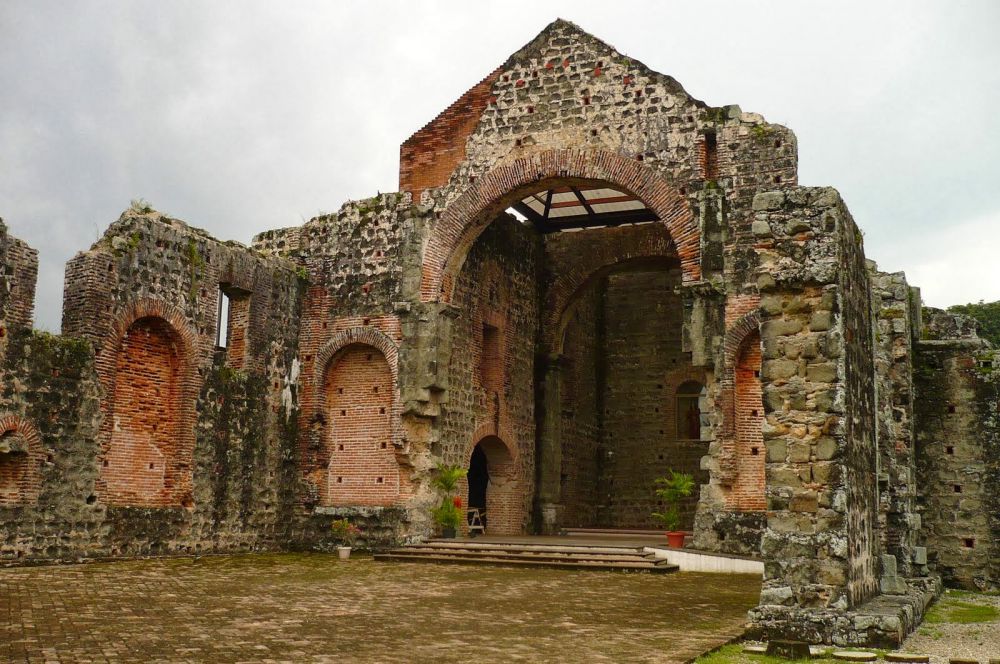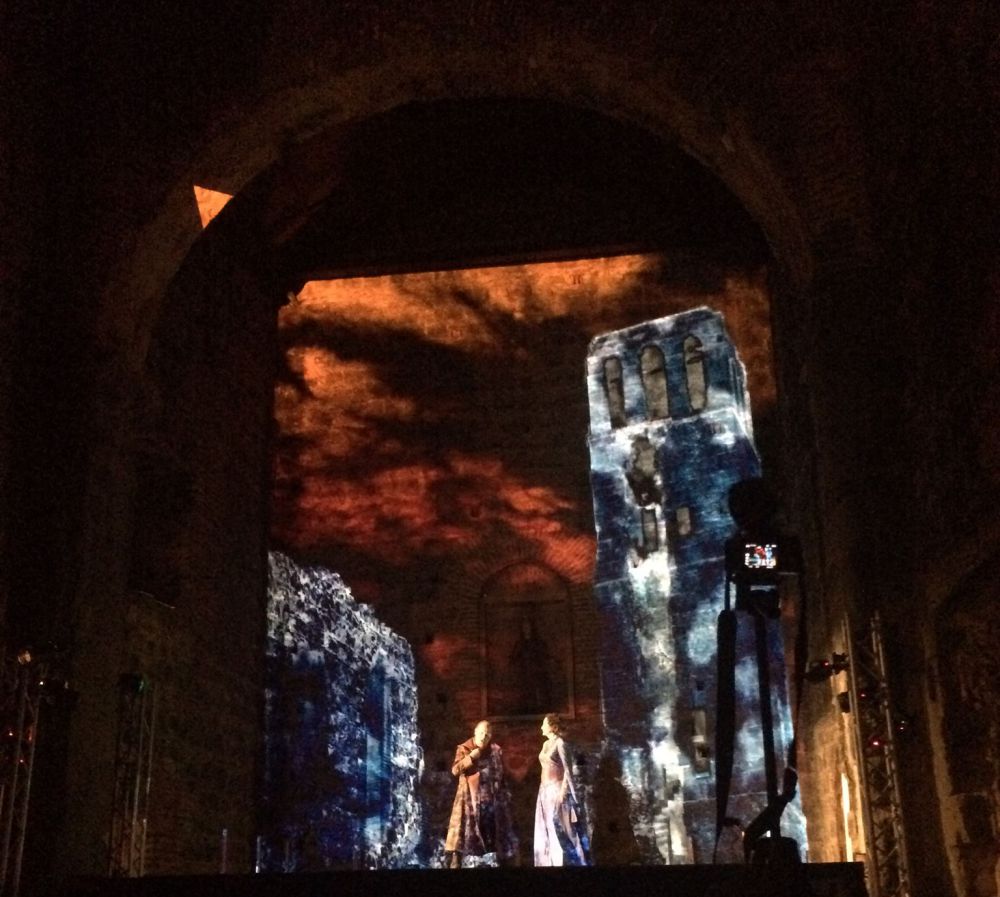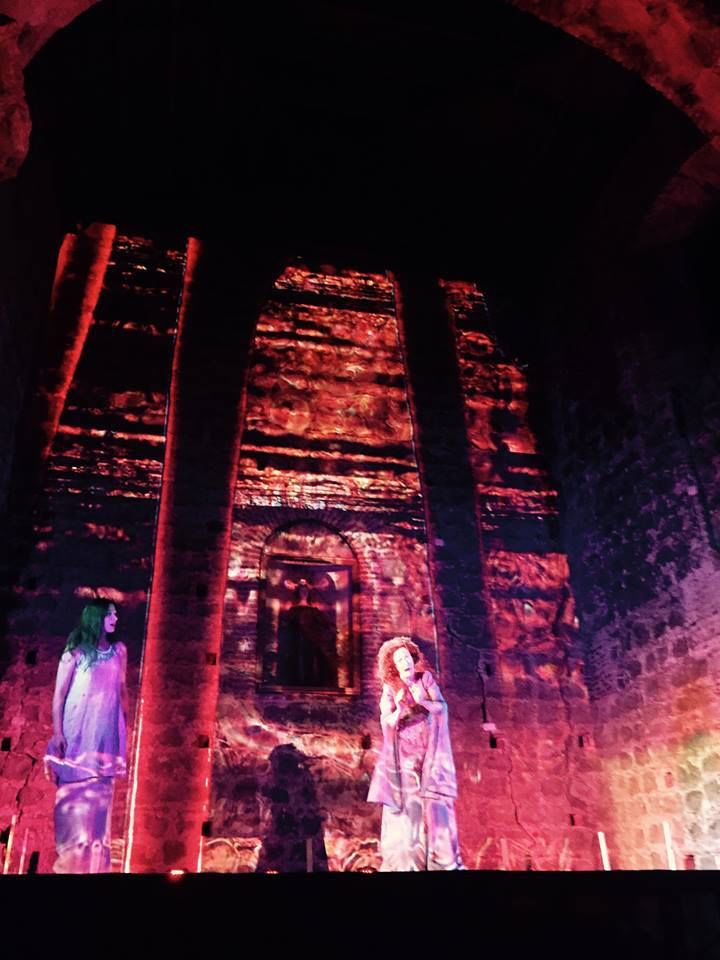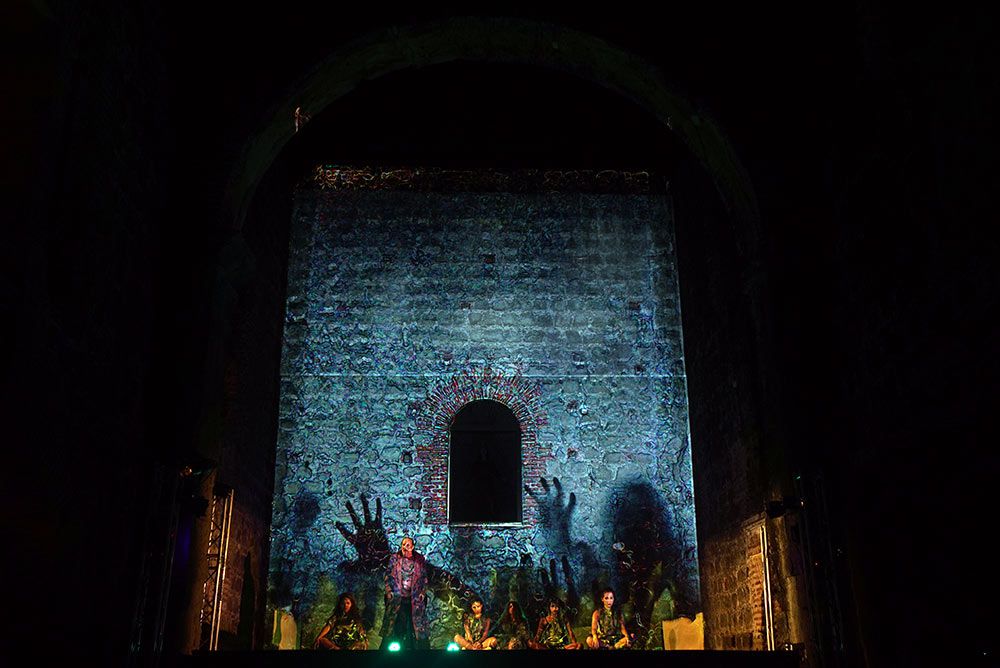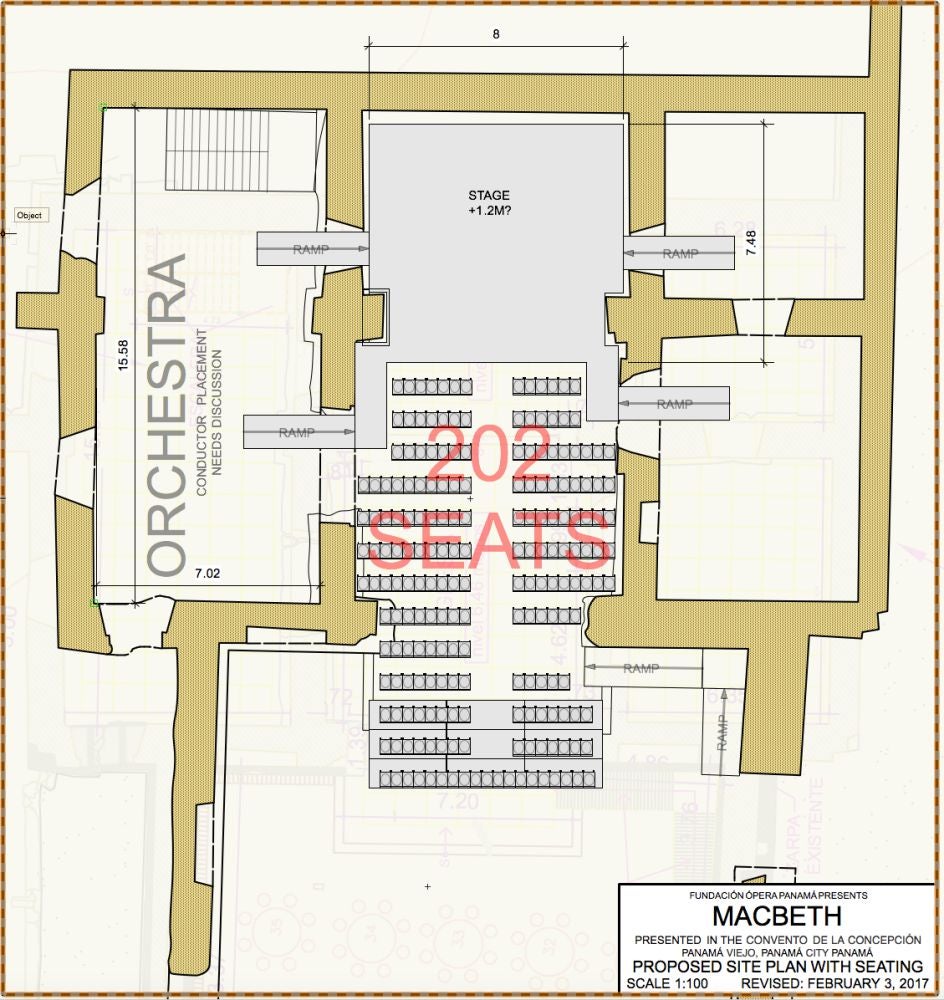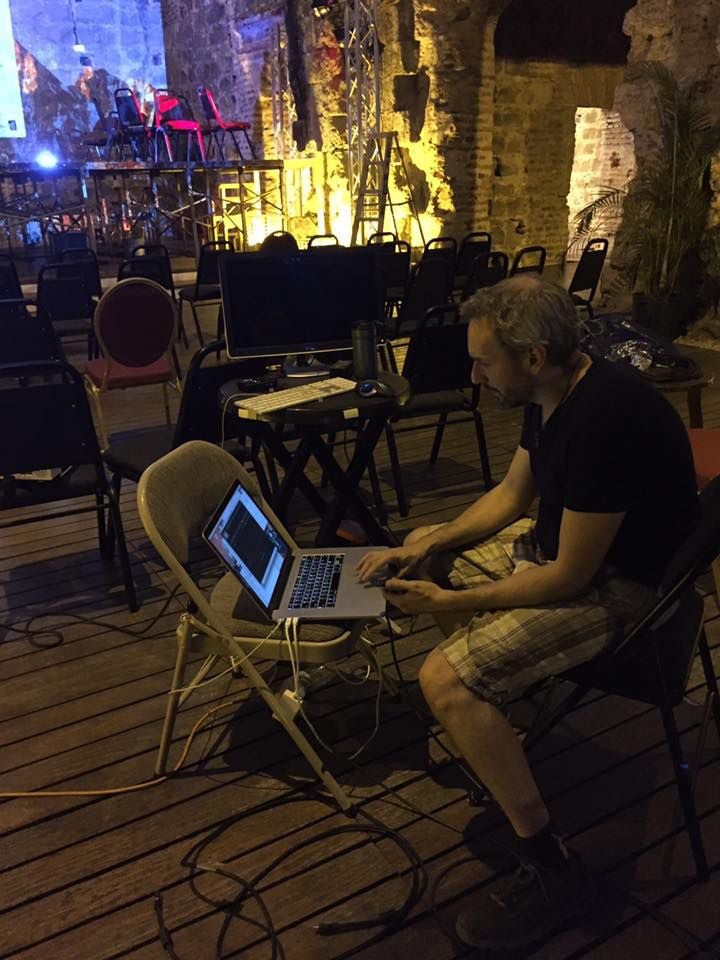Magic in the Ruins
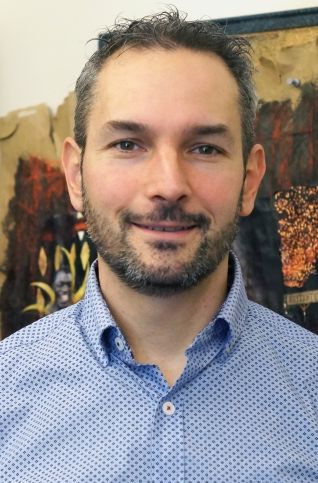
In the ruins of a 400-year-old convent, Greg Mitchell will perform magic. The architecture, he said, will “change and vanish before your eyes.” It’s not hocus-pocus, though; it’s a technological wizardry that Mitchell, an assistant professor in UC Santa Barbara’s Department of Theater and Dance, has practiced around the world.
The magic Mitchell wields is projection mapping, which uses an array of high-powered projectors, sophisticated software and media editing to place images in specific places on architecture. “You can highlight and do all sorts of strange things with the architecture,” he explained. “You can also warp it and make it appear to completely crumble or perhaps have plants growing out of it.”
Mitchell will deploy this symphony of technology March 21 and 22 in Panama for a production of Verdi’s “Macbeth.” The venue is Convento de las Monjas Concepciones in Panama Viejo, the original settlement of Panama City. It was abandoned in the 1670s after pirates destroyed the town. “The ruins are an incredible backdrop to do a work like ‘Macbeth,’ ” he said.
“For ‘Macbeth’ I have a feeling at some point the entire back wall is going to appear to go transparent and you’ll see the other ruins of Panama Viejo,” Mitchell elaborated. “And I think there’s going to be a slowly rotating heart that will be an image that will come back and forth floating in the middle of Panama Viejo. At some point the walls will come back and all grout lines will be very, very strong and graphic and start to bleed at one point.”
Mitchell has his work cut out for him. Panama Viejo is a UNESCO World Heritage Site undergoing active archaeology work. That makes the logistics of setting up tricky. Crews will need to build a structure to house the large projectors, which will have to be put in place with a crane. Everything else associated with a theater — stage, seating, lighting, power and more — will need to be built in place. And he’ll have to hustle.
“We have a very limited window,” Mitchell noted. “I would prefer to have two weeks to set up the site and really do this; we’re going to have two days. I’ll be down there for two weeks and try to get all the logistics in place and everything ready to go.”
Because the site is outdoors, Mitchell will have to carefully choreograph those two days of set up. The Panama Symphony Orchestra, due to a tight schedule, will only have two rehearsals at the site — both while everything is being installed. Even that, he said, isn’t the hardest part. “The most challenging part has been trying to work in Panama,” Mitchell said, noting the country’s relaxed attitude toward deadlines and the urgent needs of a set designer more than 4,000 miles away.
But Mitchell, who has been doing traditional set design for 20 years, is one of the few people who can pull it off. He’s done a number of productions in challenging, non-theatrical locations. His most recent was in Nepal, in one of the world’s oldest Hindu temples, also a World Heritage Site. That opera, “Arjuna’s Dilemma,” based on a story from the Bhagavad Gita, led directly to “Macbeth.” One of the people he worked with there knew about Panama Opera Foundation’s plans to stage Verdi’s classic during the 400th anniversary of Shakespeare’s death.
“My collaborator said, ‘You know, Verdi’s “Macbeth” is the perfect thing to do in this weird, crazy ruin.’ ” Mitchell recalled. “So they called me and said, ‘Do you want to do this?’ Of course I jumped on it. It was an amazing opportunity to work on a really fascinating opera.”
Nor did it hurt that this is likely a one-of-a-kind opportunity to work in the ruins of Panama Viejo. “That site is just out of this world,” Mitchell said. “You walk around there and it’s just amazing something like that exists in the Americas.”
